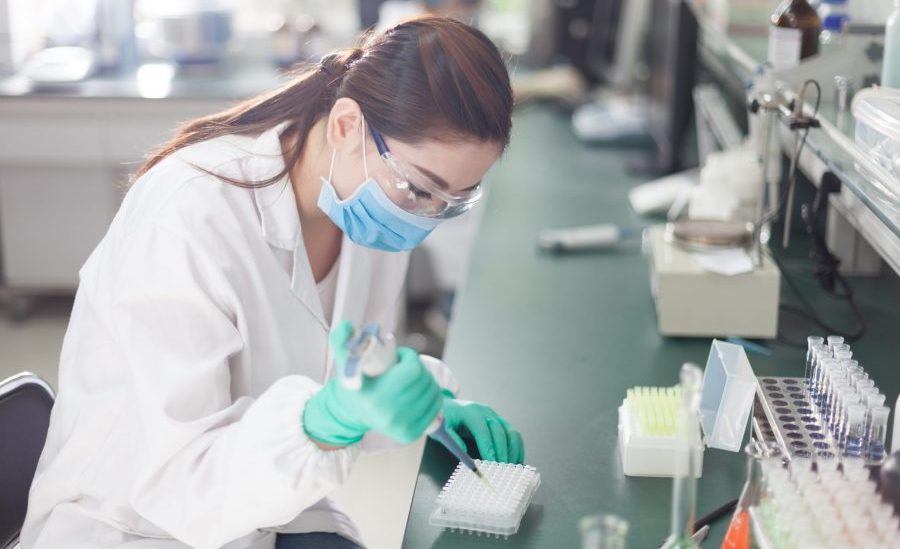Targeted Metabolomics Identifies Plasma Biomarkers in Mice with Metabolically Heterogeneous Melanoma Xenografts
Our colleague Dr Maheshwor Thapa recently completed his doctoral thesis, and to celebrate, we asked his PhD thesis supervisor Dr Guido Dallmann to give an overview of Mahesh’s work at biocrates, and review their paper on the acylcarnitine profiles of melanoma xenografts in mice.
Mahesh Thapa studied acylcarnitine (AC) profiles that are used to identify congenital metabolic disorders in the context of newborn screening. Dysregulated AC plasma levels are also associated with various types of cancer, type 2 diabetes mellitus, hepatobiliary and renal dysfunction, thrombocytopenia and hyperlactatemia in patients with sepsis.
However, an exact quantitative analysis of acylcarnitines is challenging due to variation in polarity, low intracellular concentrations, and high isomeric variability.
The aim of Mahesh’s work was to develop a robust, quantitative, single-run LC-MS/MS method for the analysis of ACs without the use of ion-pair reagents or derivatization techniques. He would also demonstrate the applicability of this method in different biological matrices.
An easy-to-use and rapid sample preparation protocol was developed using a 20 μL sample volume and a biocrates 96-well filter plate. The analytes were chromatographically separated on a modified RP-18 column using a water/acetonitrile gradient with a total run time of 12 minutes. This made it possible to analyze 80 samples within 22 hours. A seven-point calibration curve with stable, isotopically-labeled internal standards showed a good quadratic relationship with a correlation coefficient of more than 0.99 for all ACs.
Across all matrices tested, all ACs were quantified with excellent intra- and inter-day precision (2-15%) and accuracy (80-120%). A total of 44 ACs were successfully integrated in a single analytical run without the use of ion pair reagents or derivatization. These included short, medium and long fatty acyl chains, and in four isobaric and three isomeric groups.
The method has been successfully applied to pooled EDTA plasma, SRM 1950 NIST heparin-based plasma, cell extracts, and tumor tissue and plasma samples from mice. In plasma and tumor tissue samples from melanoma xenograft-bearing mice fed a ketogenic diet, diet-induced changes in the AC profiles associated with increased fatty acid oxidation were identified. Should these metabolomic differences be reproducible in humans, this research could be a step towards metabolism-based therapeutic approaches for melanoma patients.
Find out more about the assay developed by Mahesh here.
Weber, D.D; Thapa, M.; Aminzadeh-Gohari, S.; Redtenbacher, A.-S.; Catalano, L.; Feichtinger, R.G; Koelblinger, P.; Dallmann, G.; Emberger, M.; Kofler, B.; et al.: Targeted Metabolomics Identifies Plasma Biomarkers in Mice with Metabolically Heterogeneous Melanoma Xenografts (2021) Cancers | https://doi.org/10.3390/cancers1303434

